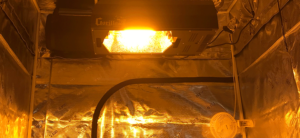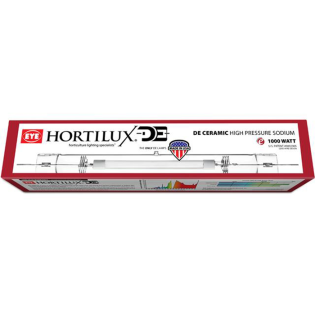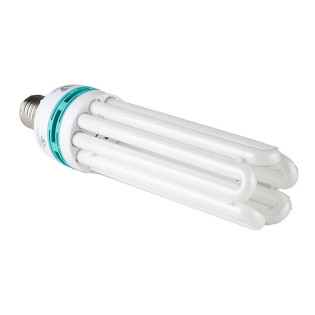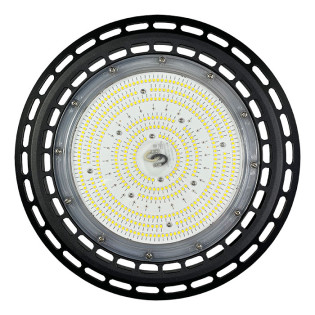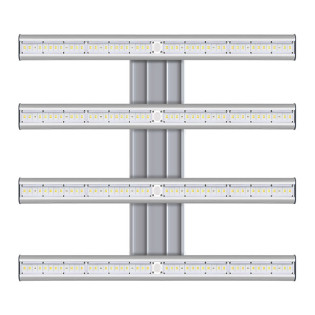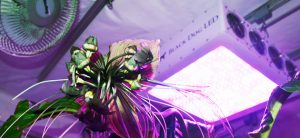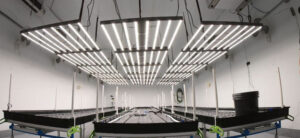
Unless you are growing with LED’s, you are likely wondering, when and how should I replace my grow light bulbs?
You may know that the general guideline is to replace grow light bulbs every year or so, but with so many variables at play, this isn’t always accurate. There are so many factors you need to consider.
We’ll help you figure out how long your specific bulb technology will last, and share some warning signs you can watch for to help you determine if your bulb is on it’s way out.
Then, we’ll cover how to actually choose a replacement, and then install it in your existing fixture safely and quickly.
When Should I Replace My Grow Lights Bulbs?
To answer the question “when should I replace my grow lights bulbs?”, we need to discuss different lighting technologies.
For example, a single ended HID bulb will need to be replaced much sooner than a DE CMH bulb.
We also want to mention that these are just guidelines for when a bulb needs to be replaced - not when it will no longer be usable.
In general, these guidelines indicate that a light’s intensity has dropped below 75-80% intensity, and you are losing yield while paying the same price in electricity to run them.
We’ll cover general guidelines for different types of technologies, and then explain which other variables you need to consider when replacing your grow light bulb.
How Long Do Single Ended (SE) HID Grow Light Bulbs Last?

When operated properly, an SE HID bulb can last anywhere from 9 months up to one year. This doesn’t mean the bulb will burn out in a year.
Rather, it means the efficiency and output of your bulb has become so compromised that continuing to run it doesn’t make sense financially.
At this point, when considering the sacrifice in yield and the fact that you’re still paying the same electricity cost to run the bulb, it makes more sense to replace it.
How Long Do Double Ended (DE) HID Grow Light Bulbs Last?

While SE bulbs are more commonplace in small, hobby grow rooms, DE bulbs take the cake from a commercial grower standpoint.
These are more costly, but last quite a bit longer and put out for more light intensity in the process.
In fact, these bulbs last almost twice as long as single ended bulbs, in some cases lasting up to 18 months.
How Long Do Fluorescent Tubes Last?

Fluorescents grow lights, such as T5’s or CFL’s, last much longer than HID grow light bulbs. In some cases, these can last up to 60,000 hours of growing!
Replacements are inexpensive too, which makes these a great option for starting your seeds or clones.
Because fluorescents don’t put off much intensity, and young plants don’t need or want too much light, this makes for a perfect pairing.
LED’s Don’t Have Bulbs That Need Replacing

One of the biggest advantages of LED grow lights is that the diodes have insane lifespans, lasting years before they start to lose efficiency and efficacy.
This means you can just keep growing, season after season, with no real loss in light intensity. The one drawback to this is that when your diodes burn out, you’ll need to buy an entire new fixture.
But when you consider the savings you made over the last few years in energy efficiency and not needing to buy new bulbs once a year, coupled with increased yields, these are a wise investment.
What Causes A Grow Light Bulb To Lose Intensity?
As we already mentioned, there are a lot of different factors that go into just how long your grow light bulb will last. These include hours used, grow room conditions, and standard wear and tear from igniting the bulb.
Some growers run their lights 24 hours a day during veg, while others opt for an 18/6 photoperiod.
Conversely, some growers who cultivate veggies and leafy greens really only need 12 hours of light a day. So, you need to monitor the specific hours you run your bulb to determine how long it will last.
You also need to consider if you grow year round or only run 1-2 grow cycles a year. If you have downtime between harvests, you won’t need to replace your bulbs every year - rather, you may be able to make them last a couple years!
Other things to consider are the conditions in your grow room. If it’s extra hot and humid, your plants will not only be unhappy, but your bulbs will lose intensity faster from all the stress and moisture.
How to Tell When Your Grow Light Bulbs Should Be Replaced
Unless you can visually see that light intensity has decreased over the past few months, you’ll have a hard time telling when your grow light bulbs should be replaced.
You’ll have to rely on your data - how many hours has the bulb been running?
If it’s close to the end of it’s stated lifespan, and you notice your plants aren’t thriving the way they used to, you should consider replacing them.
How To Swap Out Your Grow Light Bulb Quickly & Safely
Now, let’s get to the good part - how to actually get rid of your old bulb and install your new one. This process actually starts with choosing the right bulb for your fixture.
We recommend sticking with whatever bulb originally came with the fixture since you know it’s compatible, or at least sticking with the same brand. If you are ever in doubt, don’t guess - just reach out to our expert growers and we’ll help you pick the right one for your grow.
When it comes to actually installing your bulb, follow the recommendations and instructions included with the new bulb or old fixture. Always wear gloves when handling the glass bulb, or your fingerprints will create problems for your plants.
Most bulbs are pretty straightforward, but because there have been safety concerns over double ended bulbs, we want to highlight a few important tips for these in particular.
Tips For Installing Your Replacement Double Ended Grow Light Bulbs
Start by disconnecting the power supply to your fixture so you don’t have to worry about any shocks, sparks, or fires.
Once everything is cooled down and you’ve double checked there is no power supply, insert the lead wires of your new DE lamp into the DE fixture sockets - carefully!
Both ends should fit in perfectly, and you should never have to force anything into place. Make sure you never bend the wires.
Gently place your lead wires into the slot, and slide your fixure’s sockets inward until they click, securing your bulb in place. A visual representation is far better at explaining this process, so check this video below!
Final Thoughts On When & How To Replace Grow Light Bulbs
Now that you know when and how to replace your grow light bulbs, it’s a matter of finding the right replacement and ordering some so you don’t have any downtime when your current bulb’s output starts dropping.
Here at Hydrobuilder, we carry the best brands and products at the best prices online.
We provide world class service that has hobbyists and commercial growers alike coming back for more. If you need help choosing the right bulb or installing yours, reach out!





